Overcoming main water challenges
The world is changing and now, more than ever, we must leap ahead into the water transition. With you, we act for a new water cycle to become active change agents for positive impact.

Preserve
resources
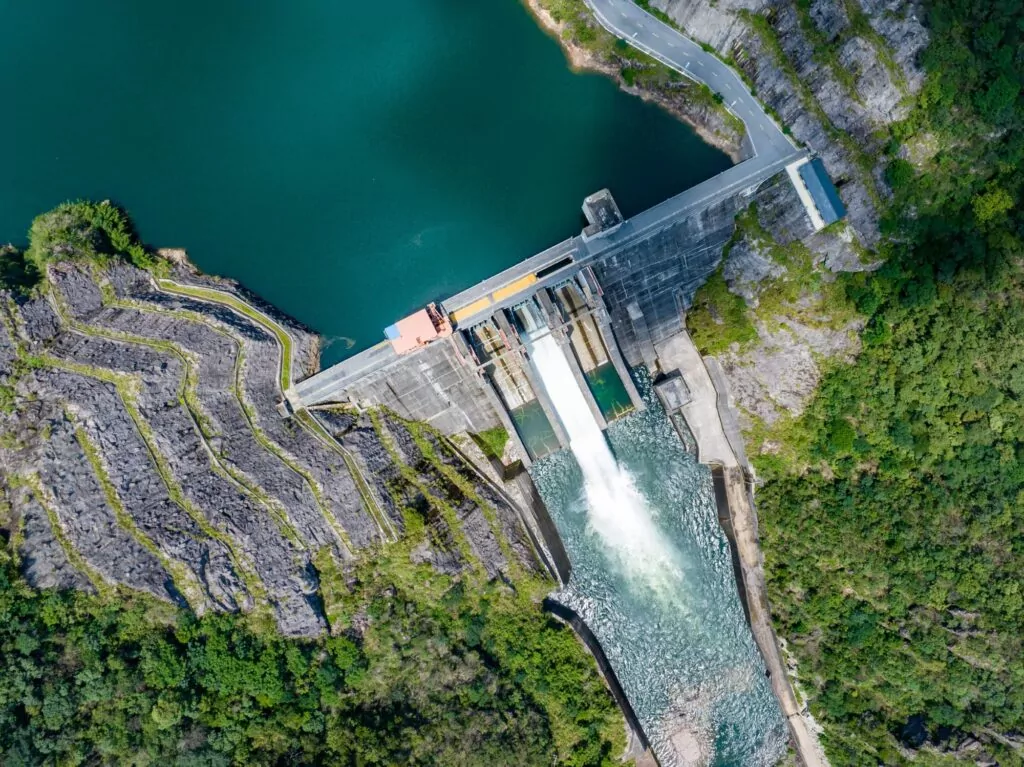
Reduce
consumption
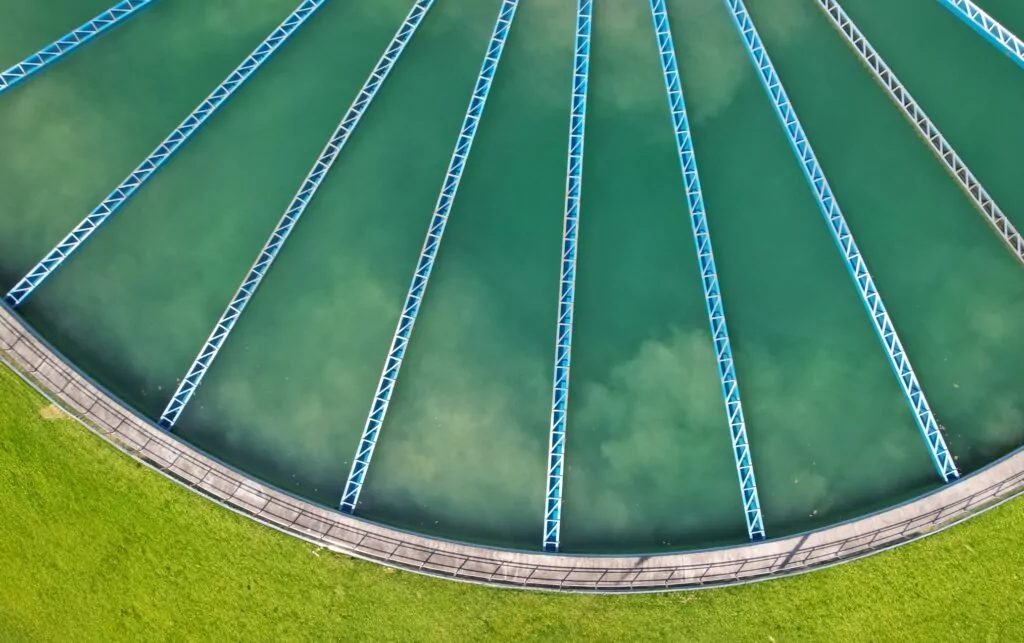
Ensure
water quality

Develop
sustainable solutions
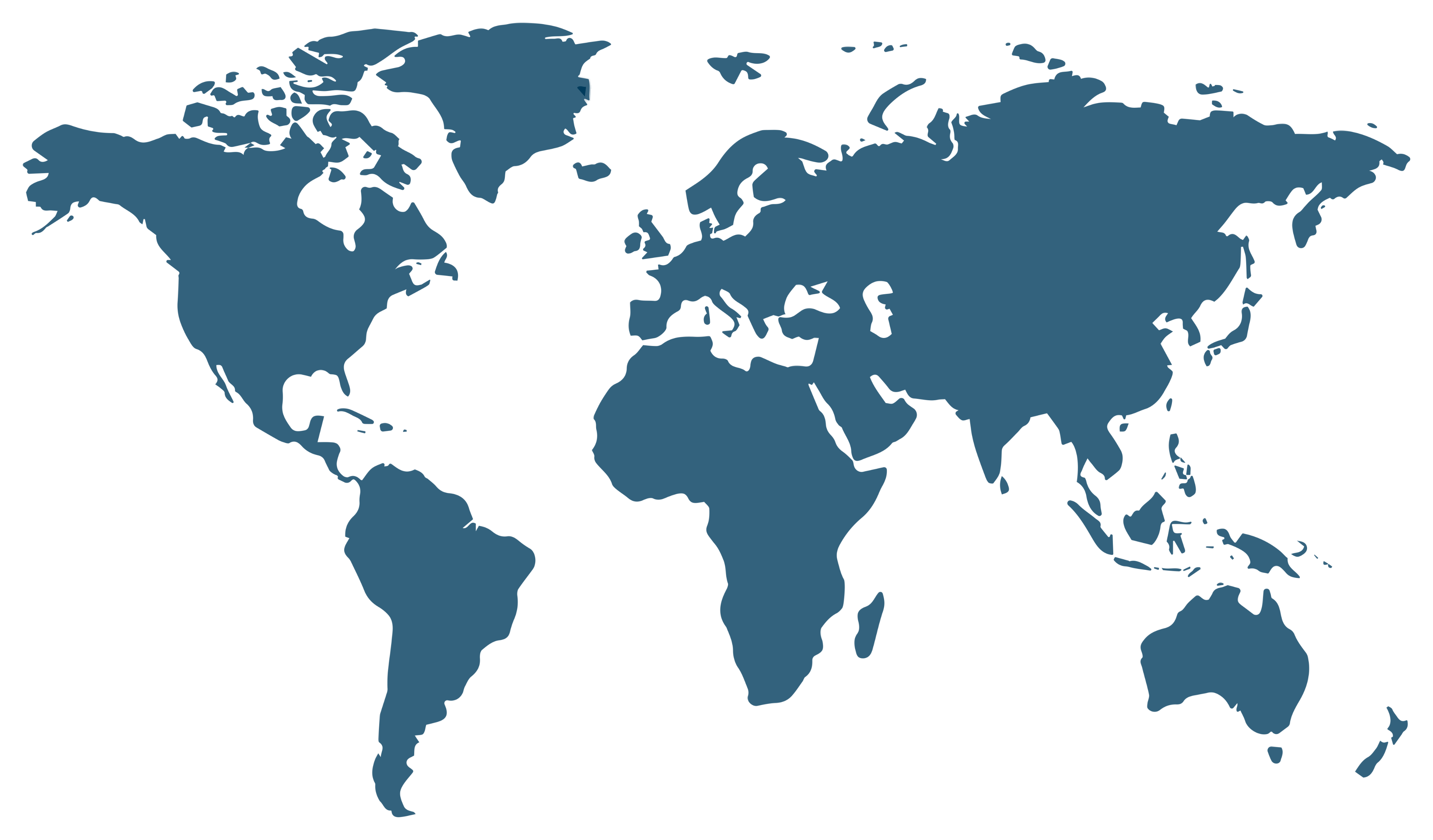
Building a sustainable world for future generations
As the first water company to issue blue bonds in 2024, Saur is pioneering the integration of environmental responsibility and financial innovation, offering high-quality services and smart water solutions to all, from small towns to large cities and industrial clients, while protecting the environment.
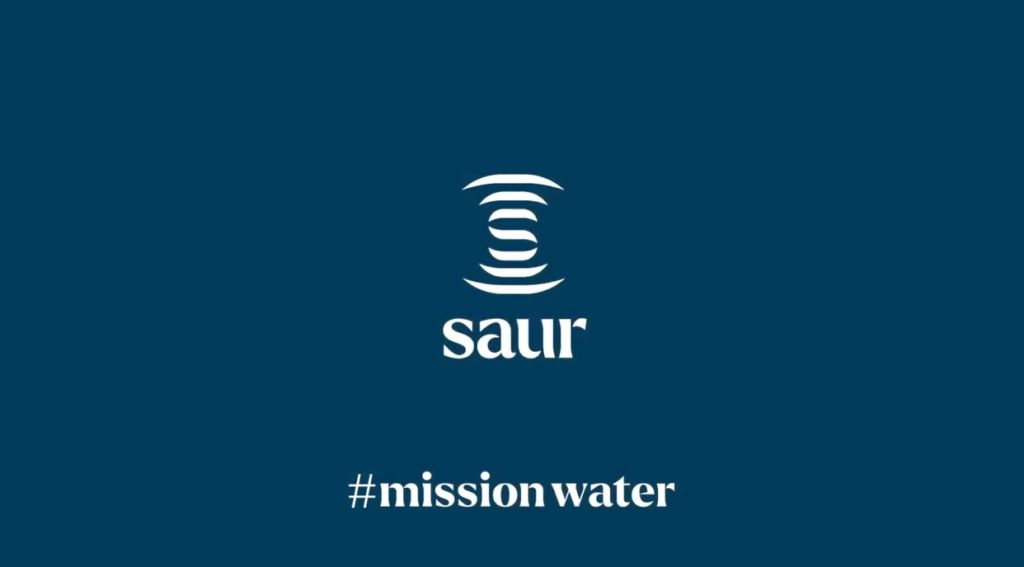
20 millions
people served worldwide
9,200
local authorities and industrial clients
12,000
employees
268,734 km
of network managed
Our different types of solution
Discover the Saur group's types of solution tailored to your needs, and contact our experts if you want to know more.

- Municipal
Activated carbon
- Wastewater
- PFAS Resolve
- Drinking water
- Micropollutants
Water treatment is evolving to meet ever-stricter regulatory requirements, environmental goals, and public health needs. Activated carbon filtration is a proven, natural, and highly (...)

- Municipal
Design and build
- Rainwater
- Wastewater
- PFAS Resolve
- Drinking water
- Micropollutants
The Saur group and its various entities have been supporting local authorities in the design, construction and rehabilitation of drinking water production plants and wastewater (...)
Contact our experts
Contact
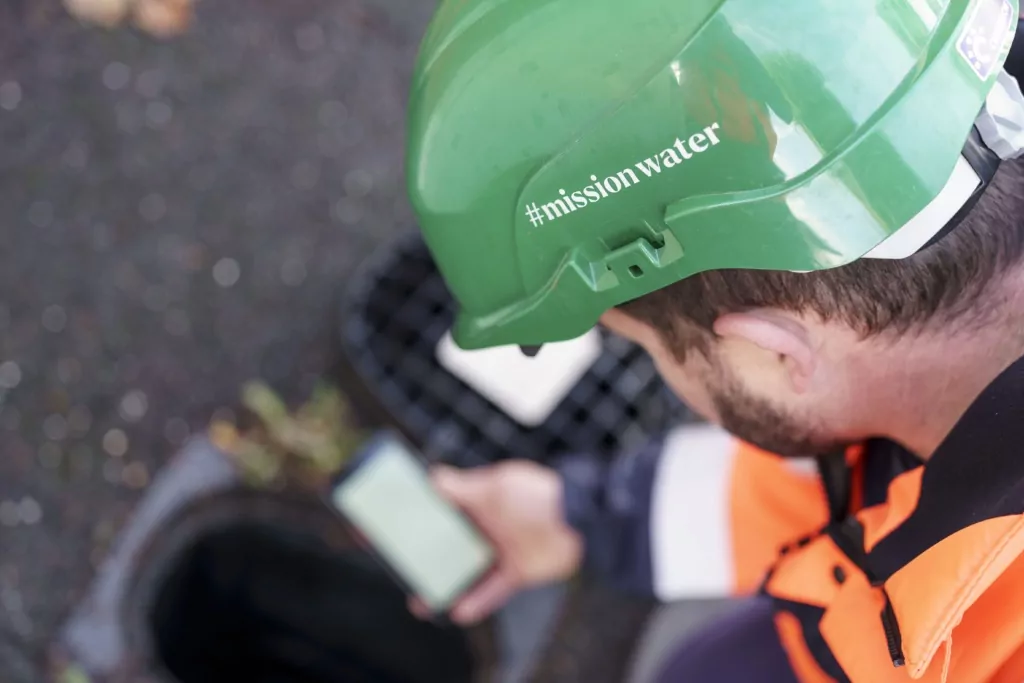
- Municipal
Water management services
- Drinking water
- Micropollutants
- PFAS Resolve
- Wastewater
Effective water management is vital for the sustainable use of water resources. At Saur, we specialize in delivering advanced water management solutions that cover supply, distribution, (...)

- Municipal
Water reuse
- Resource and recovery
- Rainwater
- Wastewater
- PFAS Resolve
- Micropollutants
Water scarcity, increasing environmental regulations, and the demand for sustainable practices have placed water reuse at the center of global resource management strategies. At (...)

- Municipal
Digital solutions
- Drinking water
- Micropollutants
- PFAS Resolve
- Rainwater
- Wastewater
In today’s rapidly evolving technological landscape, digital water solutions are transforming how water resources are managed. At Saur, we harness advanced technologies—such (...)

